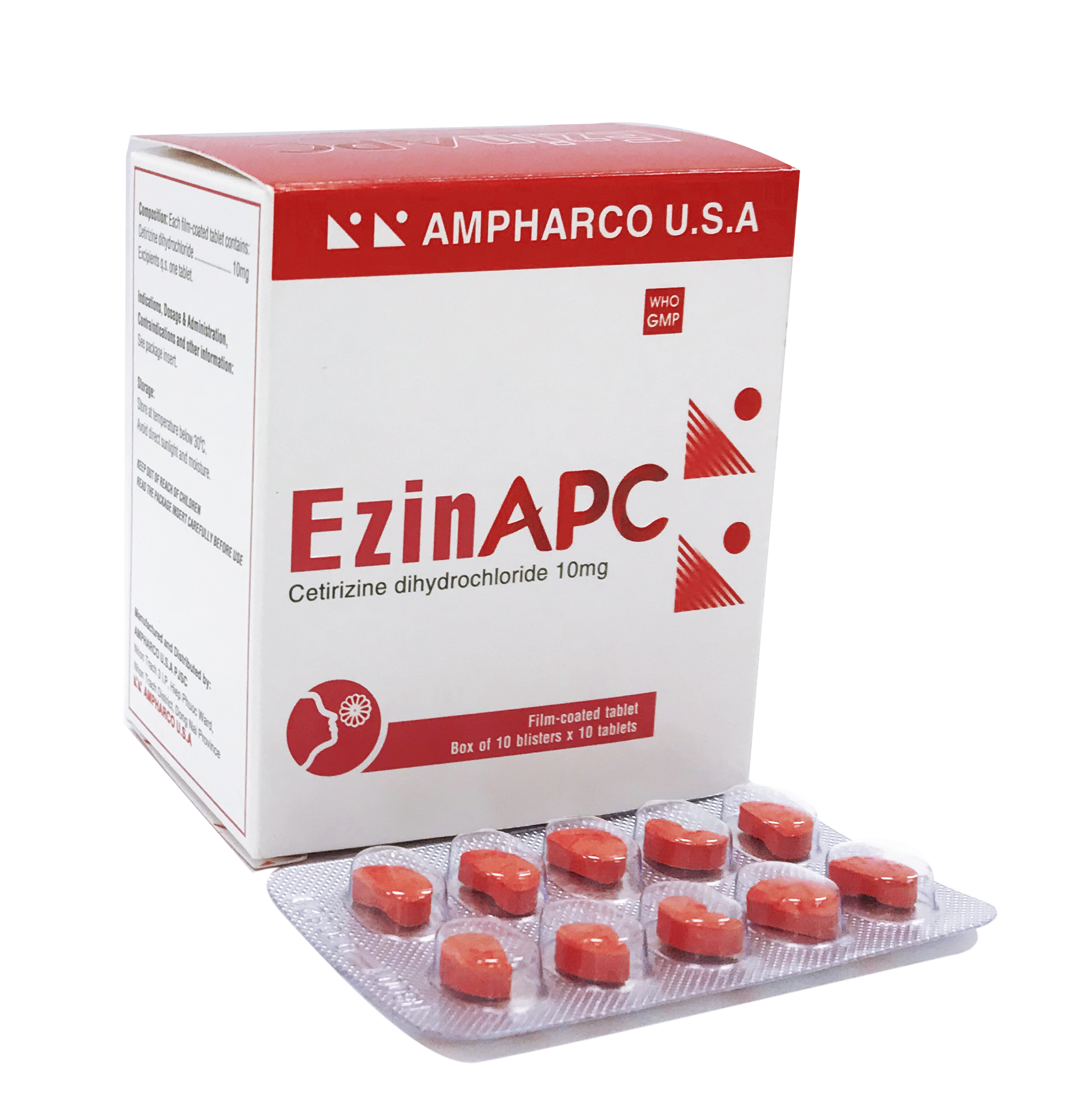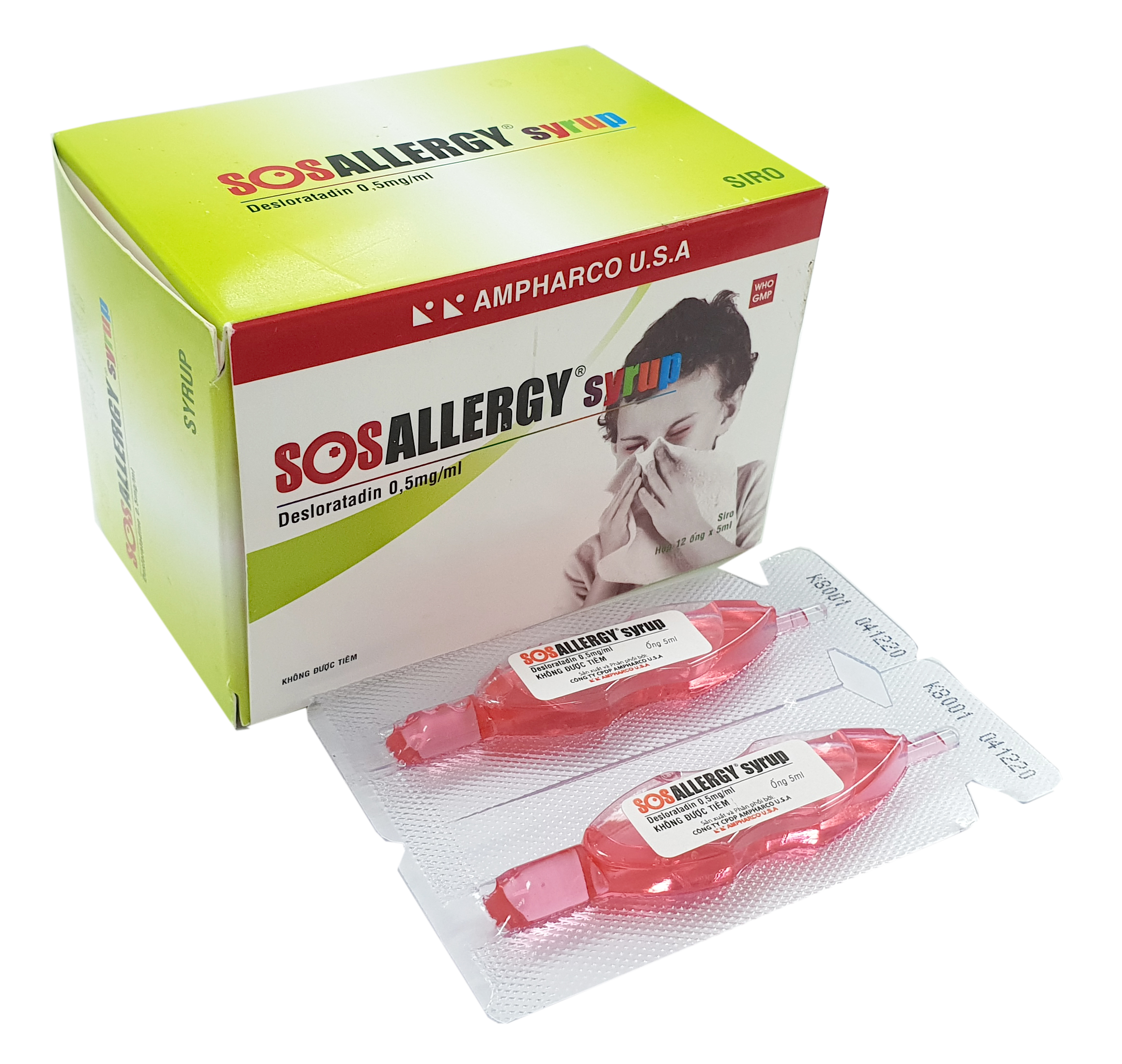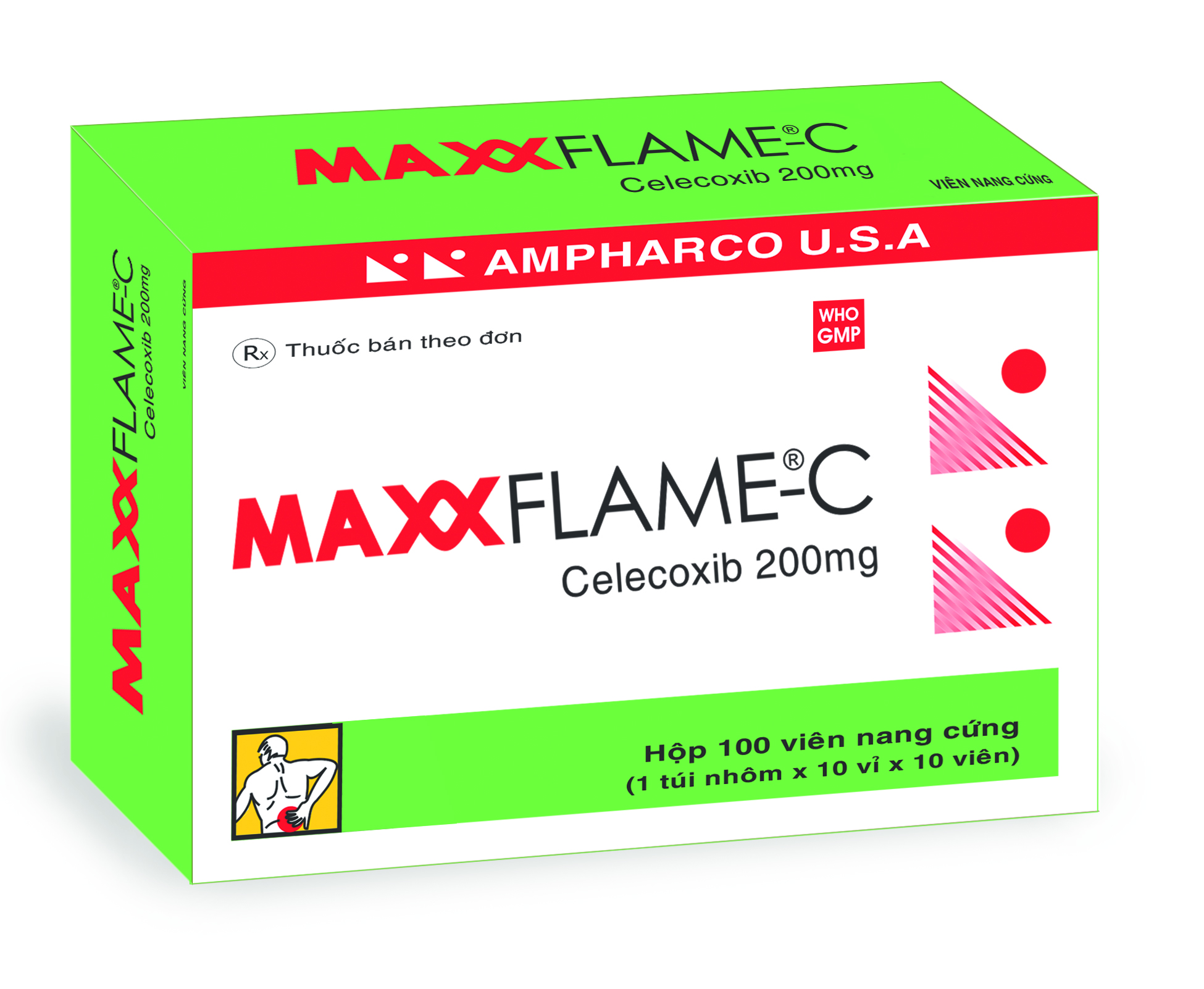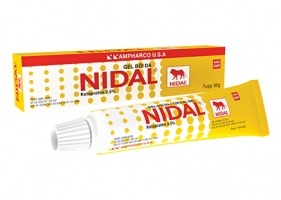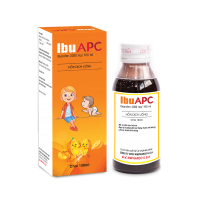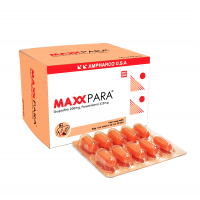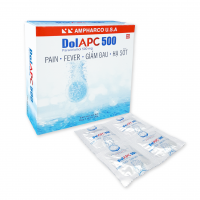MAXXFLAME®-C is indicated for:
- Relief of the signs and symptoms of osteoarthritis.
- Relief of the signs and symptoms of rheumatoid arthritis.
- Relief of the signs and symptoms of ankylosing spondylitis.
- The management of acute pain in adults, including postoperative pain, dental pain.
- The treatment of primary dysmenorrhea.
Specifications
MAXXFLAME®-C
COMPOSITION: Each hard capsule contains:
Celecoxib................................................. 200 mg
Excipients: Lactose monohydrate, Povidone, Sodium lauryl sulfate, Sodium croscarmellose, Magnesium stearate.
INDICATIONS:
MAXXFLAME®-C is indicated for:
- Relief of the signs and symptoms of osteoarthritis.
- Relief of the signs and symptoms of rheumatoid arthritis.
- Relief of the signs and symptoms of ankylosing spondylitis.
- The management of acute pain in adults, including postoperative pain, dental pain.
- The treatment of primary dysmenorrhea.
DOSAGE AND ADMINISTRATION:
Use lowest effective dose for the shortest duration consistent with treatment goals for the individual patient.
Celecoxib, at doses up to 200 mg twice daily, can be administered without regard to timing of meals. For dose of 50 or 100 mg per time, should use other dosage forms with suitable dosage.
Osteoarthritis: the recommended oral dose is 200 mg per day administered as a single dose or as 100 mg twice daily.
Rheumatoid Arthritis: the recommended oral dose is 100 to 200 mg twice daily.
Ankylosing Spondylitis: the recommended dose is 200 mg daily in single (once per day) or divided (twice per day) doses. If no effect is observed after 6 weeks, a trial of 400 mg daily may be worthwhile. If no effect is observed after 6 weeks on 400 mg daily, a response is not likely and consideration should be given to alternate treatment options.
Management of Acute Pain and Treatment of Primary Dysmenorrhea: the recommended dose is 400 mg initially, followed by an additional 200 mg dose if needed on the first day. On subsequent days, the recommended dose is 200 mg twice daily as needed.
Hepatic insufficiency: The daily recommended dose of celecoxib capsules in patients with moderate hepatic impairment (Child-Pugh Class B) should be reduced by 50%. The use of celecoxib in patients with severe hepatic impairment is not recommended.
CYP2C9 poor metabolisers: Patients who are known, or suspected to be CYP2C9 poor metabolisers based on genotyping or previous history/experience with other CYP2C9 substrates should be administered celecoxib with caution as the risk of dose-dependent adverse effects is increased. Consider reducing the dose to half the lowest recommended dose.
CONTRAINDICATIONS:
- Hypersensitivity to celecoxib, aspirin, or other NSAIDs or any ingredients of the medicine.
- Allergic-type reactions to sulfonamides.
- Asthma, urticaria, or allergic-type reactions after taking aspirin or other NSAIDs.
- The treatment of peri-operative pain in the setting of coronary artery bypass graft (CABG).
- Active peptic ulceration or gastrointestinal bleeding.
- Severe heart failure, congestive heart failure (NYHA II-IV).
- Severe renal insufficiency (CrCl < 30 mL/min).
- Severe hepatic impairment.
WARNINGS & PRECAUTIONS:
Chronic use of celecoxib may cause an increased risk of serious adverse cardiovascular thrombotic events, myocardial infarction, and stroke, which can be fatal. The lowest effective dose should be used for the shortest duration consistent with individual patient treatment goals.
As with all NSAIDs, celecoxib can lead to the onset of new hypertension or worsening of preexisting hypertension, either of which may contribute to the increased incidence of CV events. Patients taking thiazides or loop diuretics may have impaired response to these therapies when taking NSAIDs. NSAIDs, including celecoxib, should be used with caution in patients with hypertension.
Fluid retention and edema have been observed in some patients taking NSAIDs, including celecoxib. Celecoxib should be used with caution in patients with fluid retention or heart failure.
Celecoxib should be prescribed with extreme caution in patients with a prior history of ulcer disease or gastrointestinal bleeding.
A patient with symptoms and/or signs suggesting liver dysfunction, or in whom an abnormal liver test has occurred, should be monitored carefully for evidence of the development of a more severe hepatic reaction while on therapy with celecoxib. If clinical signs and symptoms consistent with liver disease develop, or if systemic manifestations occur (e.g., eosinophilia, rash, etc.), celecoxib should be discontinued.
Celecoxib is not recommended in patients with advanced renal disease. If celecoxib therapy must be initiated, close monitoring of the patient's renal function is advisable.
Celecoxib is a sulfonamide and can cause serious skin adverse events. Patients should be informed about the signs and symptoms of serious skin manifestations and use of the drug should be discontinued at the first appearance of skin rash or any other sign of hypersensitivity.
Celecoxib should be used only with caution in pediatric patients with systemic onset JRA due to the risk of disseminated intravascular coagulation.
Celecoxib should not be administered to patients with aspirin-sensitive asthma and should be used with caution in patients with preexisting asthma.
MAXXFLAME-C capsules contain lactose. Patients with rare hereditary problems of galactose intolerance, the Lapp lactase deficiency or glucose-galactose malabsorption should not take this medicine.
Pregnancy
In late pregnancy, starting at 30 weeks gestation, celecoxib should be avoided because it may cause premature closure of the ductus arteriosus. There are no studies in pregnant women. Celecoxib should be used during pregnancy only if the potential benefit justifies the potential risk to the fetus.
Nursing Mothers
Celecoxib is excreted in the milk of lactating rats at concentrations similar to those in plasma. Administration of celecoxib to a limited number of lactating women has shown a very low transfer of celecoxib into breast milk. Women who take celecoxib should not breastfeed.
PRESENTATION:
Blister of 10 hard capsules.
Box of 1 blister/ aluminium pouch, 3 blisters/ aluminium pouch or, 10 blisters/ aluminium pouch.
Or box of 1, 3, 10 blisters.
Keep out of reach of children
Carefully read the instructions before use
Ask your doctor for further information
Use upon doctor’s prescription only
Manufactured and distributed by: AMPHARCO U.S.A PJSC
Nhon Trach 3 Industrial Park, Hiep Phuoc, Nhon Trach, Dong Nai, Vietnam.
Tel: 02513 566 202 - Fax: 02513 566 203



